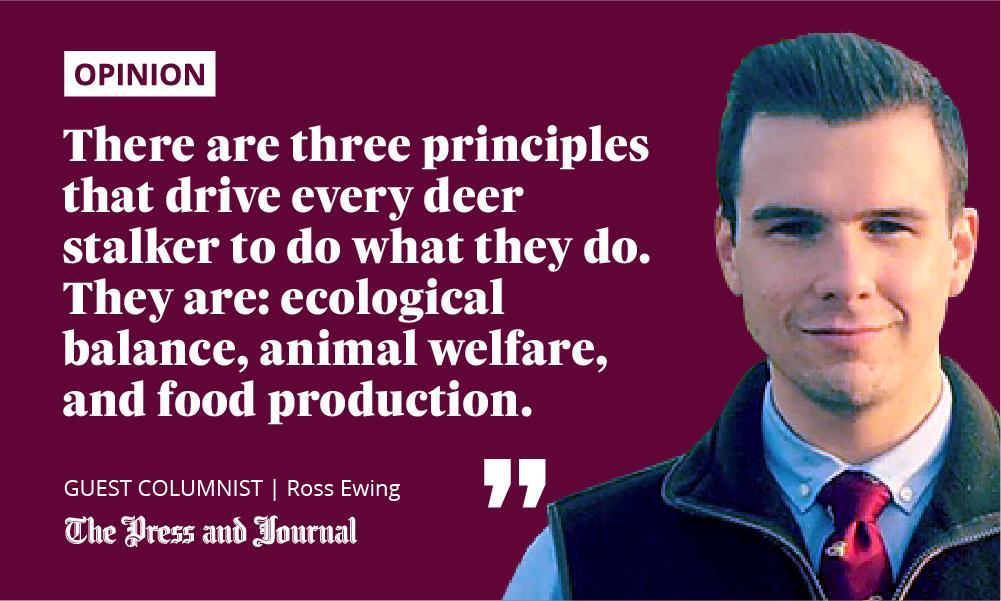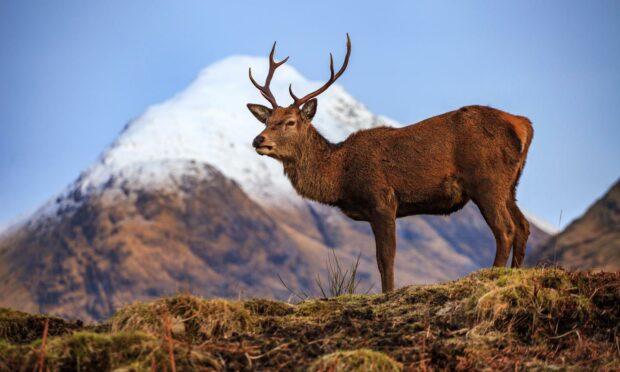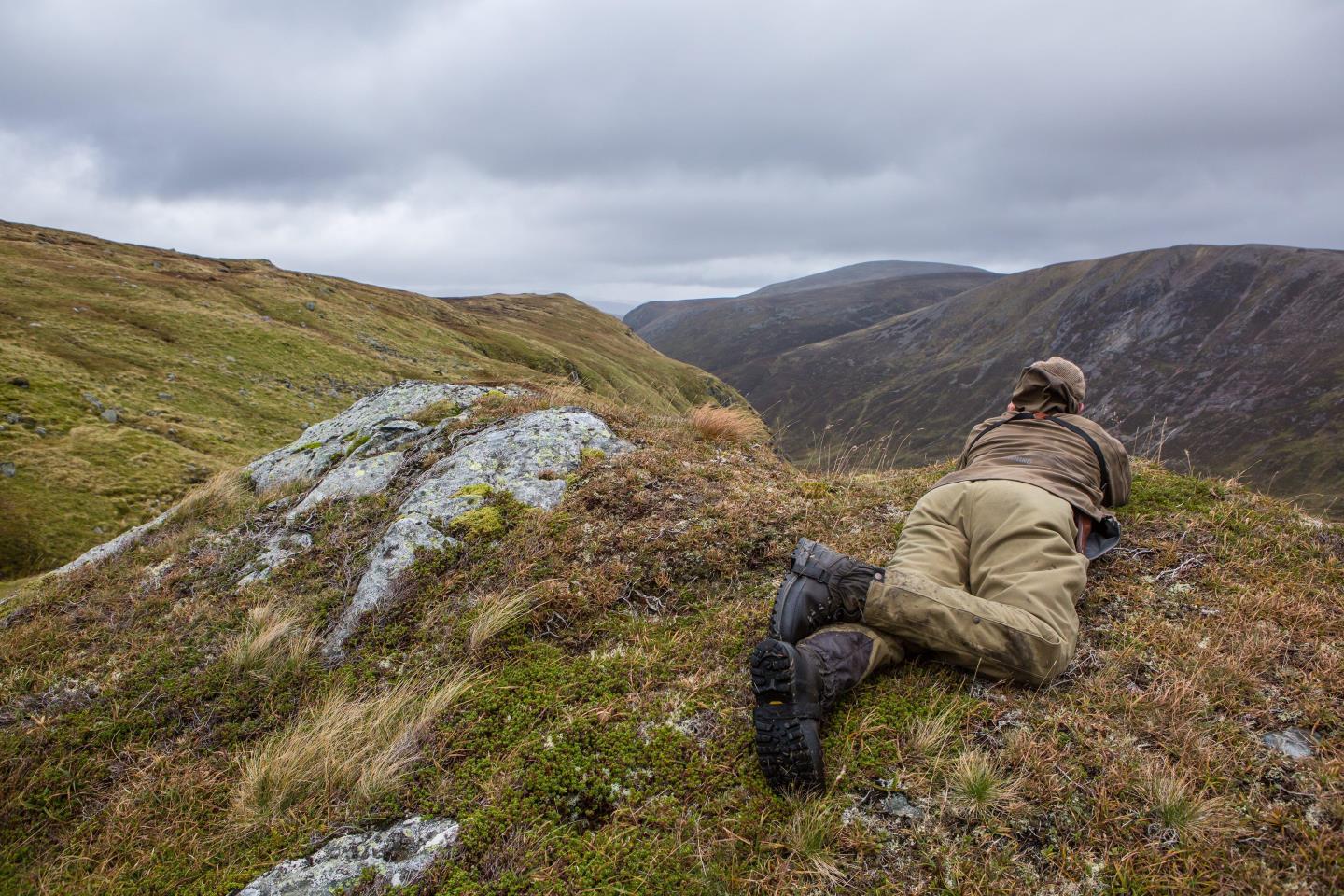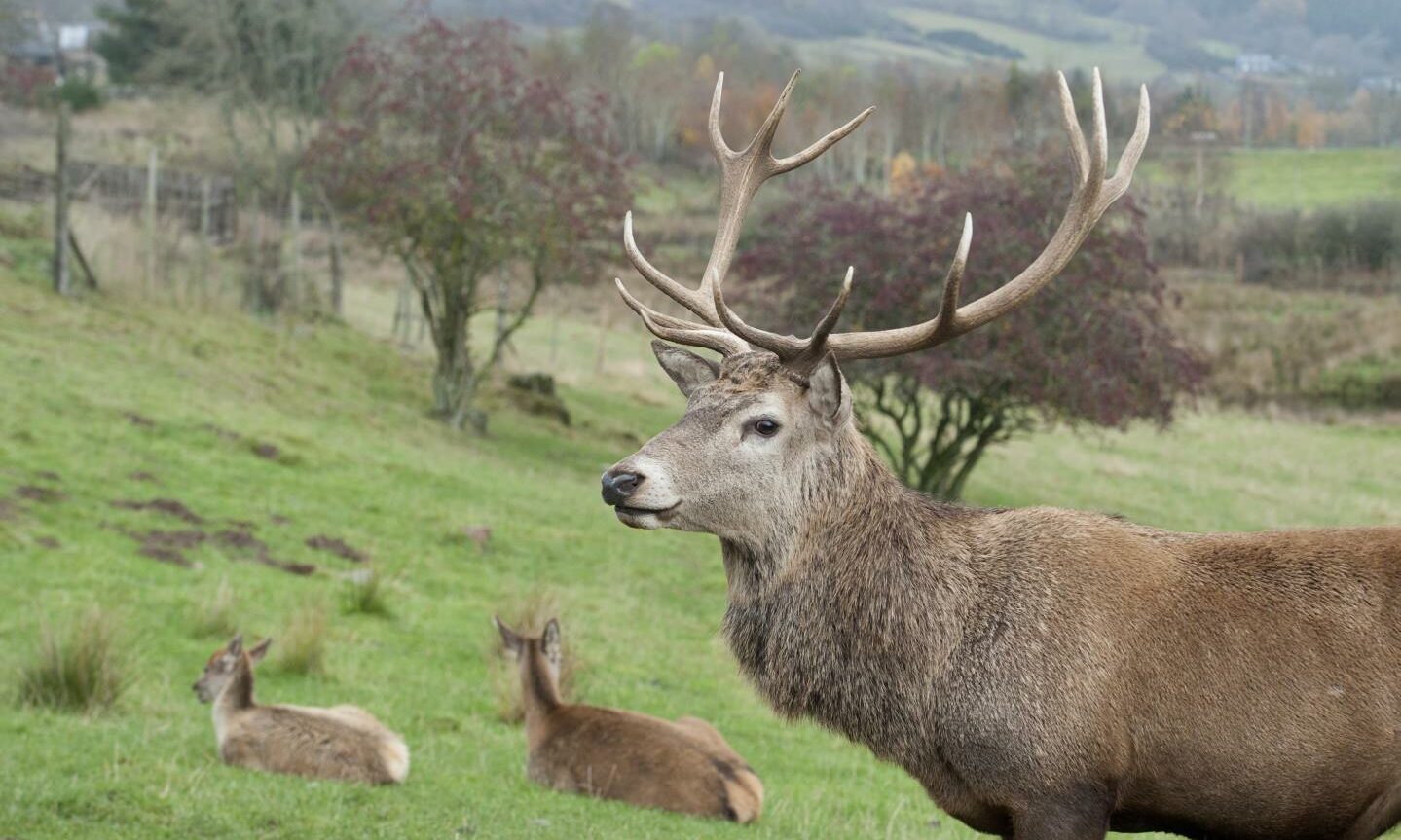It was Sir Winston Churchill who first coined the phrase “twice the citizen”.
He used it to describe those serving in the reserve arms of the military – a commendation for their valuable contributions to both civilian and service life.
But, against the backdrop of an intensifying climate emergency, the phrase can also be used to describe a new generation of part-time specialists – individuals who are investing their spare time to do what needs to be done to combat climate change.

It is widely recognised that, to mitigate against the climate crisis, we need to sequester carbon. Afforestation and peatland restoration are front and centre in those efforts and, to enable this, we must carefully manage our deer population.
It seems simple enough when you say it, but the reality is that deer management is no easy task. Far from it.
Part-time deer stalkers are fully qualified experts
It can take hours and hours of meticulous observation and secretive manoeuvring before you get a deer in the crosshairs of your scope and, even then, that’s not guaranteeing anything.
Once the right animal is selected and the shot is taken, the process of getting wild venison into the food chain starts. First the gralloch (intestinal tract), pluck (heart and lungs), legs and head need to be removed. After that, the deer is hung and chilled in a larder before being butchered and placed into the food chain for consumption. It is a laborious task.
In a way, anyone who eats locally sourced wild venison is doing a service to the environment. I commend it to you – there is no healthier, more sustainable meat.
But, it is important that we appreciate that those who manage deer – and especially those who do it in their spare time – deserve special recognition.
First, the full-time deer managers. They do a sterling job, often taking out clients who pay for the privilege to be guided by the very best. This form of deer management also provides a welcome boost to the rural economy in fragile, rural areas. It is integrally important – ecologically and economically – to many remote parts of Scotland.
Some commentators would simplistically suggest that deer stalking is all about a lust to kill and a desire to pull the trigger. These characterisations could not be further from the truth
We also have a lesser-known type of deer manager in Scotland – the “part-time” variety, known throughout the sector as “trained recreational deer stalkers”. These individuals complete the same recognised deer management qualifications as the full-time professionals, and will purchase the specialist equipment to enable them to manage deer.
Once qualified, these part-time specialists will endeavour to find deer management permissions – often paying a fee for the privilege. From there, they’ll be out deer stalking at the crack of dawn before work, at dusk after work, and even on their days off. It is a commitment, there is no doubt about that.
Hunting for the environment, animal welfare and food
So, what drives these individuals to commit so much of their time, money and resources to managing deer on a part-time basis?
Some commentators would simplistically suggest that it is all about a lust to kill and a desire to pull the trigger. These characterisations could not be further from the truth.
There are three principles that drive every deer stalker to do what they do. They are: ecological balance, animal welfare, and food production.
The role of the deer stalker in maintaining ecological balance cannot be understated. We rely on the local knowledge and skill of deer stalkers to keep populations in check, so as to limit the cumulative impacts of the animals on the environment.
Then there is animal welfare. Deer management is also about maintaining the health of deer populations, and choosing the right animals to cull. The focus should always be on older, infirm deer, thereby leaving the healthier, younger population to breed and produce good stock that will enhance the overall health of the population.
And, finally, food production. The notion of failing to utilise the lean, healthy venison from a carcass would repulse any deer stalker. From the moment the animal is culled, all efforts centre on getting the venison onto the kitchen table for others to enjoy. There is no greater reward for your deer stalking efforts than getting to sample venison you have harvested yourself.
Part-time deer stalkers are ‘twice the citizen’
It is clear that the values and standards of Scotland’s deer stalkers could not be more honourable. When it comes to part-time contributors, you’d be hard pushed to find other normal citizens making such tangible contributions in their spare time.
Indeed, trained recreational deer stalkers make sacrifices with respect to both time and money in order to play a role in managing Scotland’s deer alongside our dedicated full-time deer managers. It is important we acknowledge that.
Part-time contributions can be extremely valuable. We ought to champion these efforts
In my eyes, there are clear parallels to be drawn between them and the contributions made by reservists.
Both are highly trained, acquiring the same professional qualifications as their full-time counterparts. Both deliver sizeable impacts, enabled by the considerable amount of spare time and effort they invest.
And both are utilised to confront magnanimous challenges, such as war and climate change.
Part-time contributions can be extremely valuable. We ought to champion these efforts, and encourage more people to become “twice the citizen” by playing a part-time role in the fight against climate change.
Ross Ewing is the public affairs manager for the British Association for Shooting and Conservation (BASC) in Scotland. He is also a trained recreational deer stalker and reservist officer in the Royal Navy


